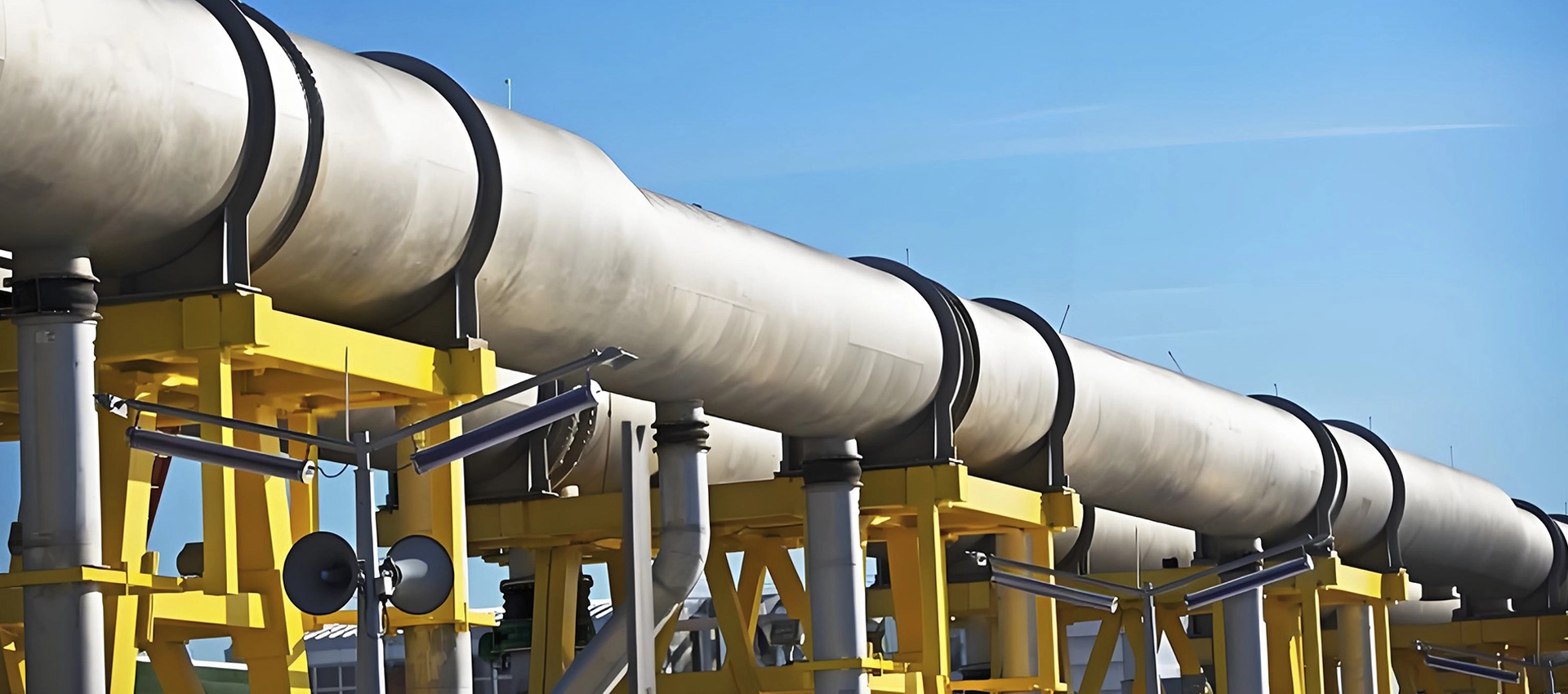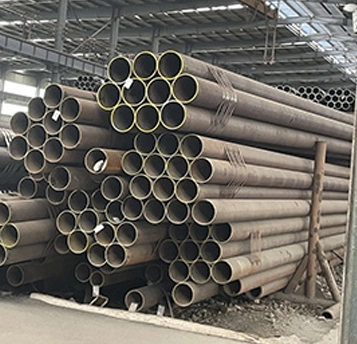Manufacturing Process of ASTM A106 Seamless Pipe
Begins with a solid round billet which is pierced to form a hollow tube. Then it goes through hot rolling and sizing operations. This process results in a seamless pipe with consistent wall thickness and excellent dimensional accuracy.Manufacturing Process of ASTM A106 Seamless Pipe
Begins with a solid round billet which is pierced to form a hollow tube. Then it goes through hot rolling and sizing operations. This process results in a seamless pipe with consistent wall thickness and excellent dimensional accuracy.
Applications in Power Generation
Widely used in power plants for steam and water pipelines. Its ability to withstand high temperatures and pressures makes it a reliable choice for transferring steam from boilers to turbines, ensuring efficient power generation.
Compatibility with Different Fluids in ASTM A106 Seamless Pipe
Compatible with various fluids like water, steam, and certain hydrocarbons. However, for corrosive fluids, additional coatings or higher - alloy grades might be needed. Understanding fluid - pipe compatibility is key for system design.

 EN
EN







